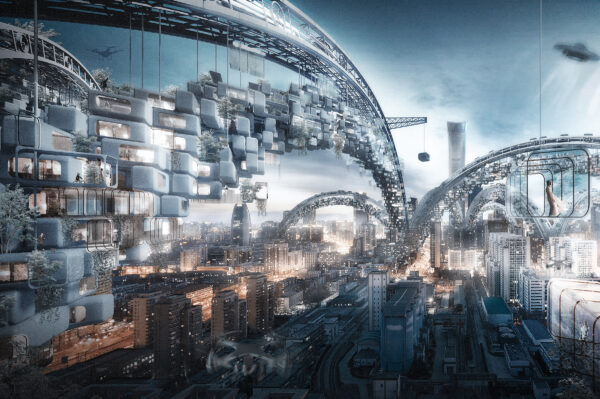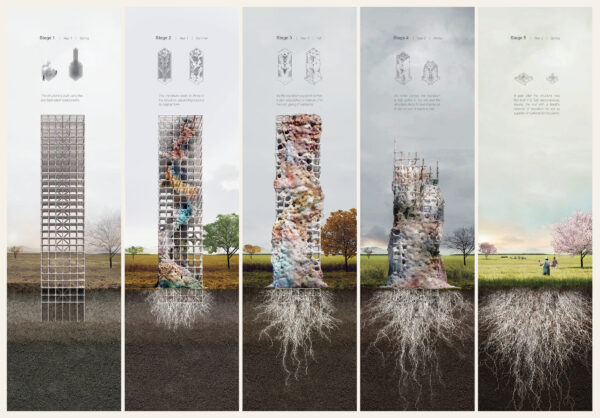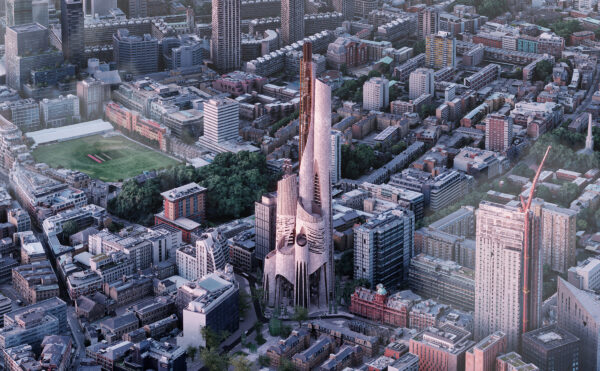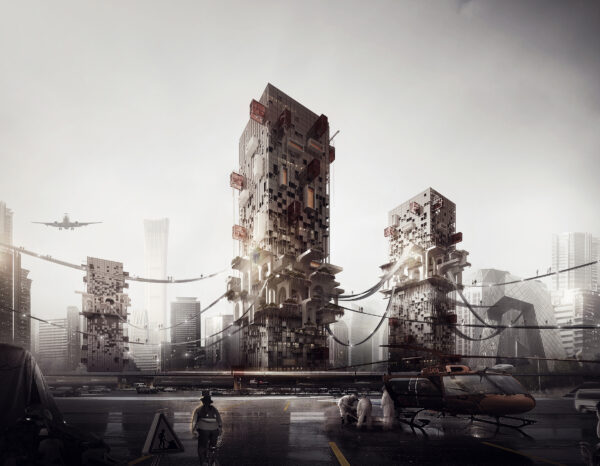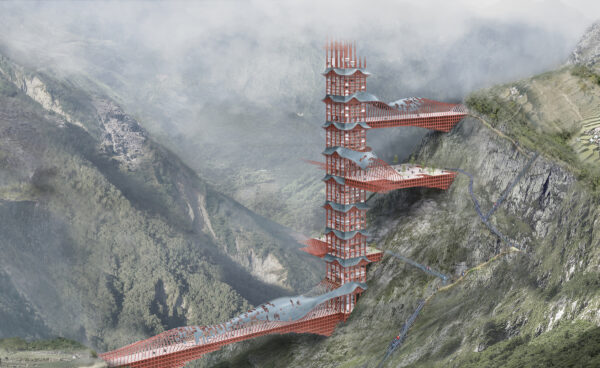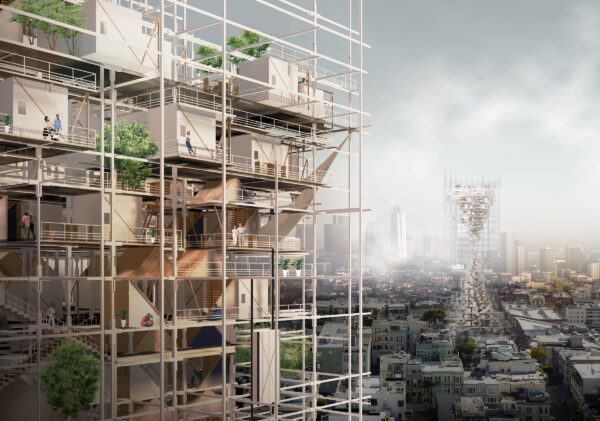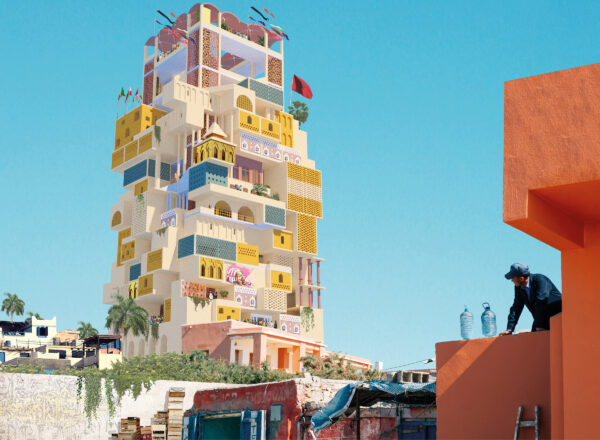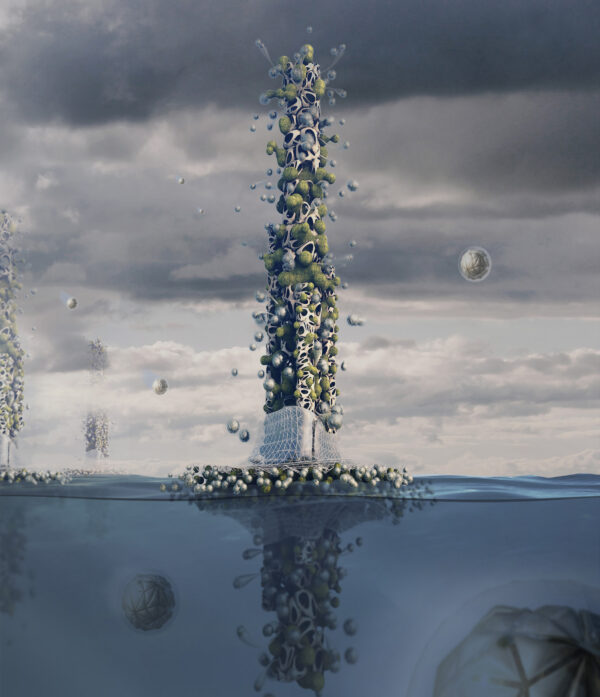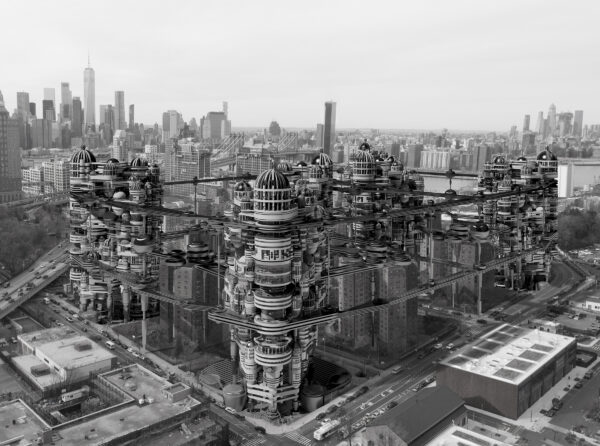Honorable Mention
2021 Skyscraper Competition
Xinru Yang, Jiang An, Ning Sun, Yunwei Pan, Lifa Lin
China
For most local areas of cities, the content of an urban design is relatively specific. Gerald Crane once pointed out in the book “The Time of Urban Design”: “Urban design is the first level of design that studies the relationship between the main elements in the urban organizational structure. “In urban space design, architecture is the main factor that constitutes and affects urban space. Building form and volume have a direct impact on external space. The quality of individual buildings and group combinations directly affects people’s evaluation of the urban environment. The expansion of building scale and modern transportation development has changed the design concept of traditional architecture. In ancient times, people’s perception of buildings was based on walking or carriage speed (4~6 km/h), and they experienced 3~5 meters high vertical facades on both sides of the street: in modern cities, people’s perception of buildings Based on the driving speed of 30 kilometers per hour, feel the visual area from tens of meters to hundreds of meters on both sides of the street. Besides the emergence of large-scale buildings, super high-rise buildings and super-large comprehensive buildings, the rapid increase in population density, and the expansion of building scale from the past small scale to today’s mega-size, all of these have changed The relationship between man and architecture and the relationship between architecture and city. Read the rest of this entry »

